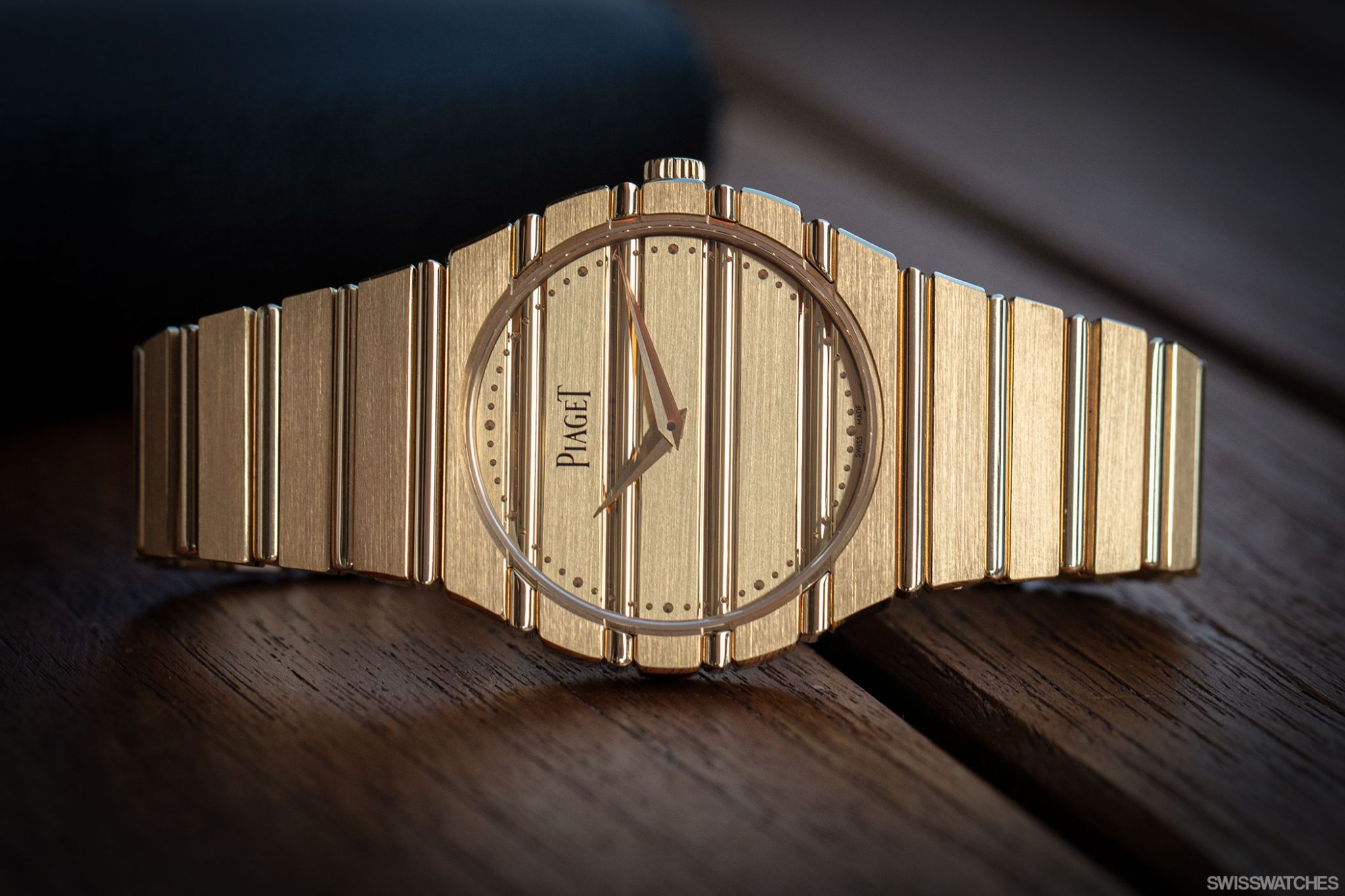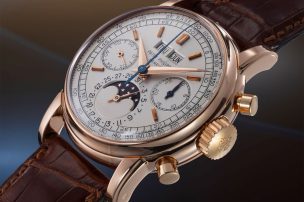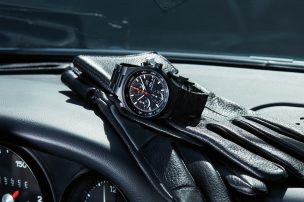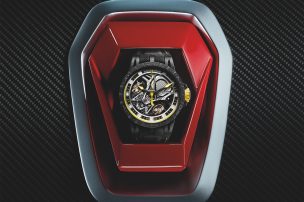
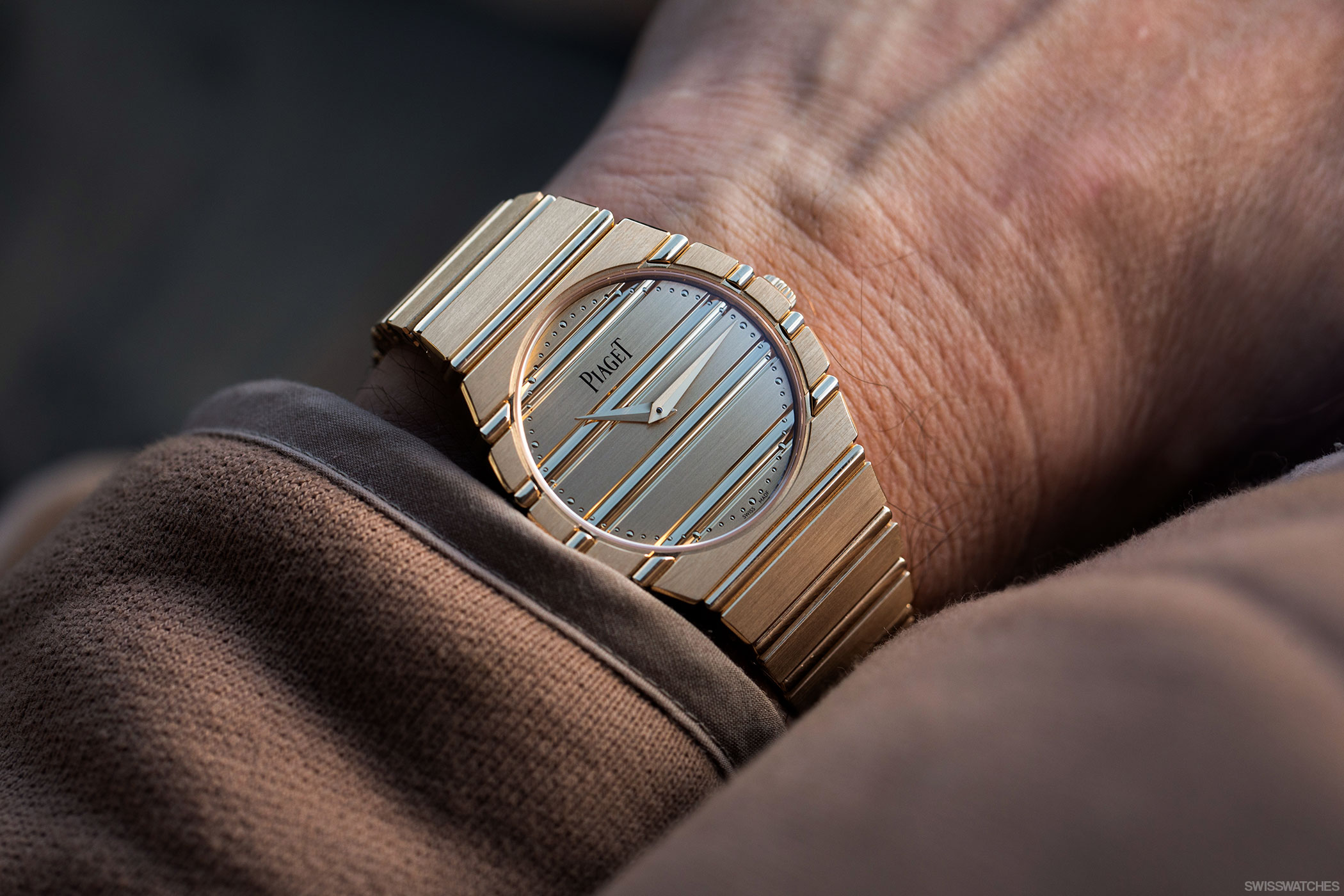
Piaget Polo 79 – Already The Best Comeback of The Year?
When we published our extensive story on the Piaget Polo almost exactly a year ago, we wondered what the future might hold for this classic watch. Would the horology house ever return to the original design, which differs so very significantly from the modern Polo?
The article was published under the title ‘The Evolution and Revolution of the Piaget Polo’, as the watch has undergone a veritable metamorphosis since Yves Piaget unveiled the sports model to great fanfare in 1979 by having his own polo team ride their horses down Fifth Avenue in Manhattan.
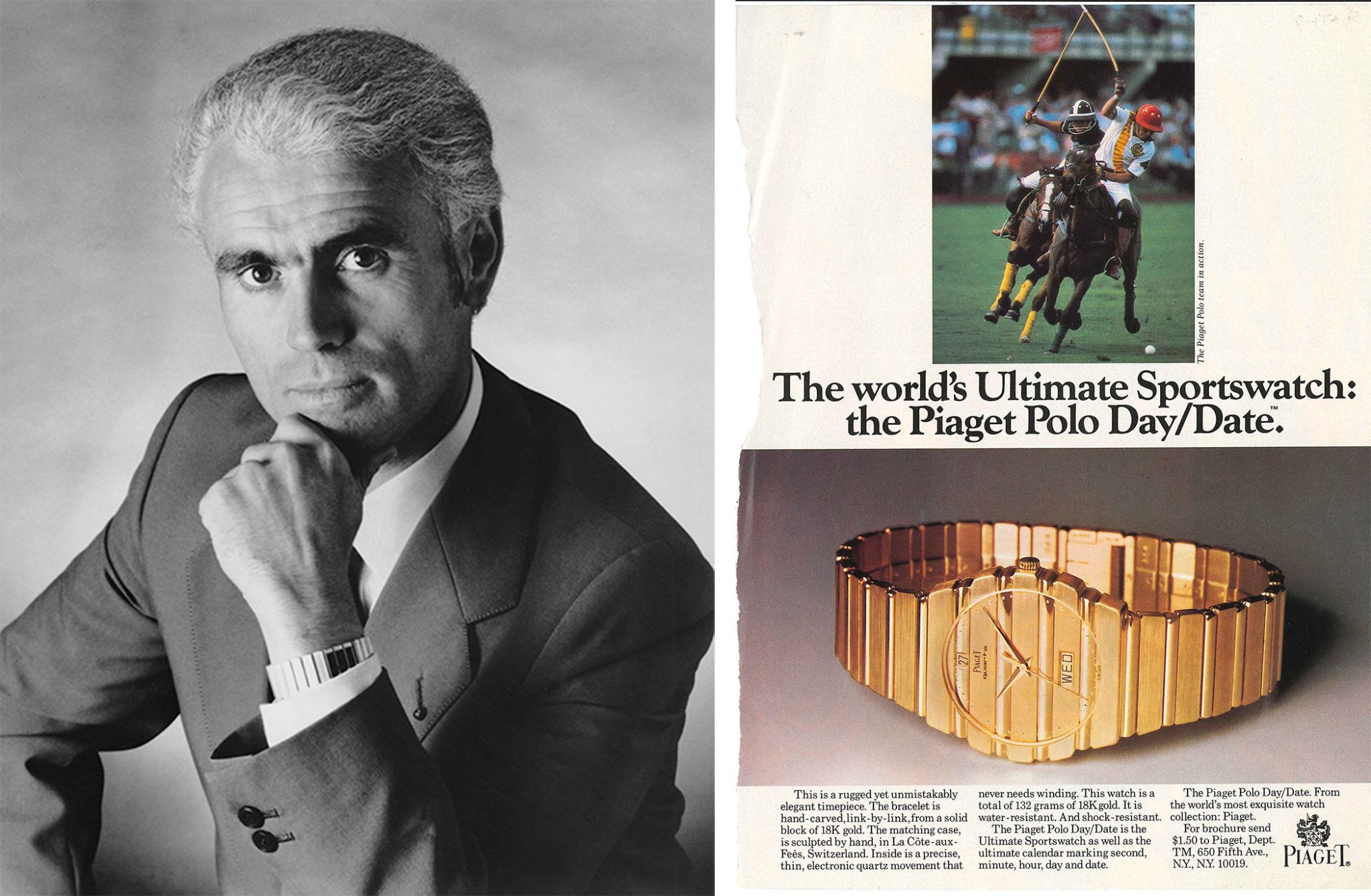
We came to the conclusion that the modern design of the Polo was so embedded in the minds of watch fans that there was no need to go back to the original design – but we are overjoyed that they have now done so! To mark the 150th anniversary of the maison Piaget and 45 years of its Polo, the original model is now making a comeback. Not with a quartz drive, however, but rather with an ultra-modern, ultra-flat mechanical automatic movement.
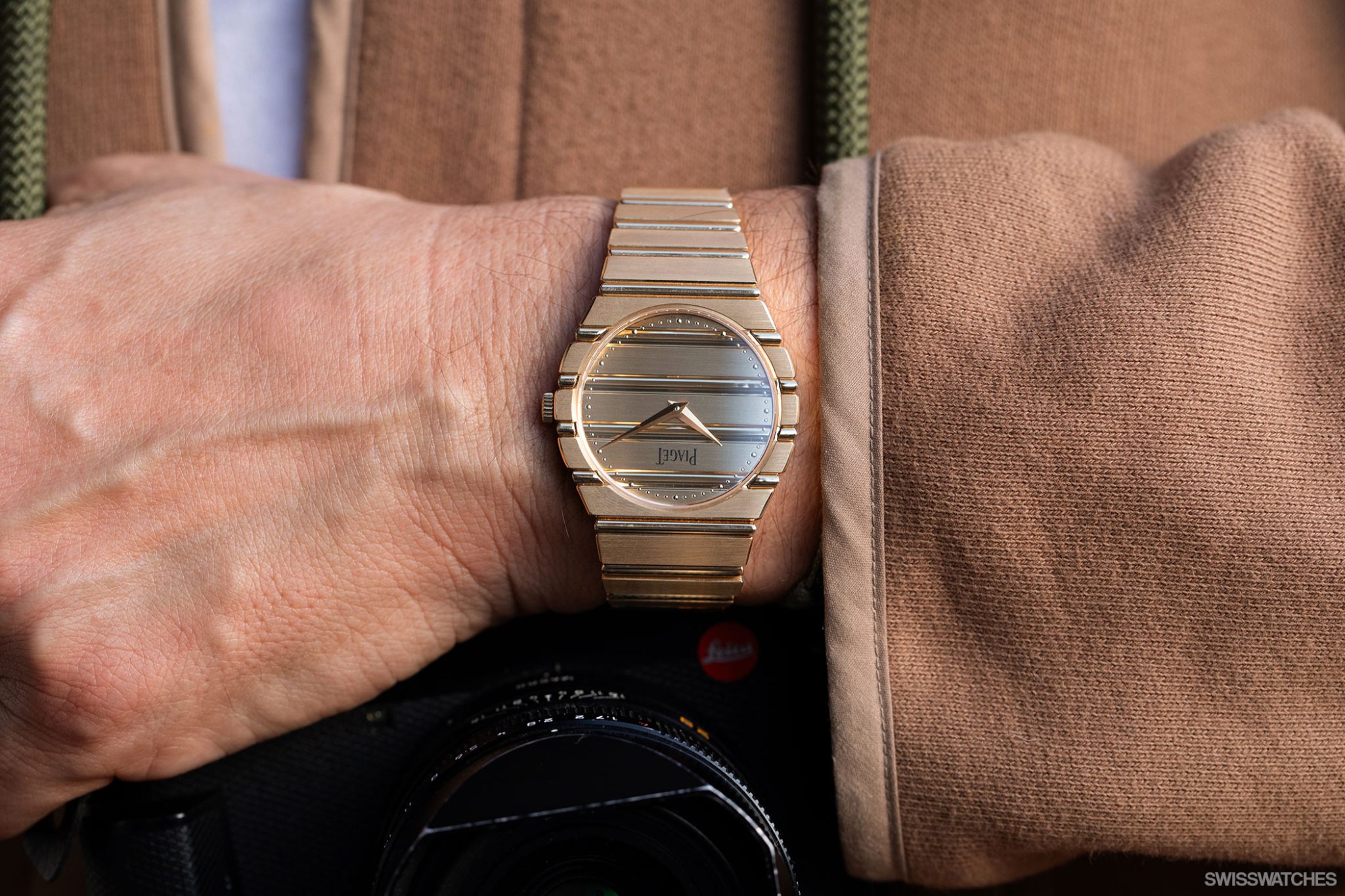
136 grams of solid gold
The Piaget Polo was presented at a time when sports models with integrated bracelets were in vogue. People’s lifestyles changed in the early 1980s. Piaget wanted to respond to this under the leadership of Yves Piaget, as the brand had previously been recognised for its elegant watches. However, Yves Piaget did not have a stainless-steel sports watch in mind, as everyone else did, but a 136-gram creation made of 18-carat yellow gold. This sports watch was unique – not only because it was solid gold, but also because of its unique gadroons that ran through the bracelet, case, and even the dial.

Credit © PAR CHRISTIAN COIGNY
Why did it work so well? Because Yves Piaget cultivated the very best contacts in high society, from Elizabeth Taylor and Miles Davis to Andy Warhol and Ursula Andress. The Polo (which was initially launched simply under the reference 761C701) fitted perfectly into the jet set of the 1970s – it was sporty but elegant. It was worn by women (27 mm) and men (34 mm) alike, while celebrities from Piaget’s high-calibre network acted as testimonials for his Polo, with the small but subtle difference being that they were not paid to wear the watches.

It was only in 2016 that the maison presented the first Piaget Polo with a stainless-steel case. By then, it had undergone a huge transformation. Not much was left of the original design. In the meantime, the Piaget Polo even appeared with an oversized 45 mm titanium case. The dial of the Piaget Polo S from 2016 was cushion-shaped and more reminiscent of the brand’s Emperador line.
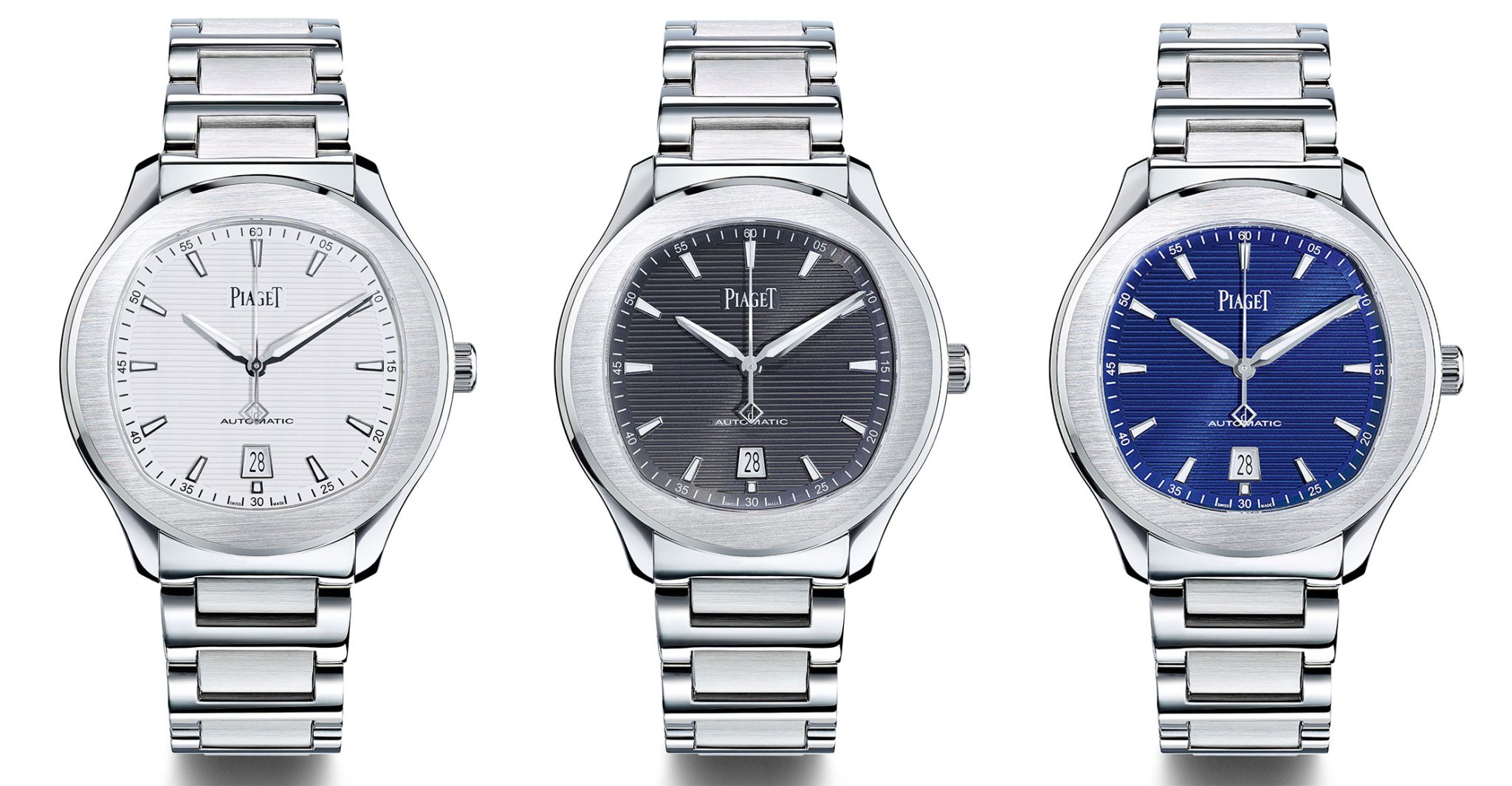
Instead of the ultra-thin calibre 1200P or, for the chronographs, the calibre 883P, which was developed and produced in-house, the calibre 1110P with a Cartier base was used. Piaget presumably wanted to offer a sports watch at an attractive entry-level price to a new and, above all, broader target group, which is why it used existing movements within the Richemont Group that were produced in larger quantities.
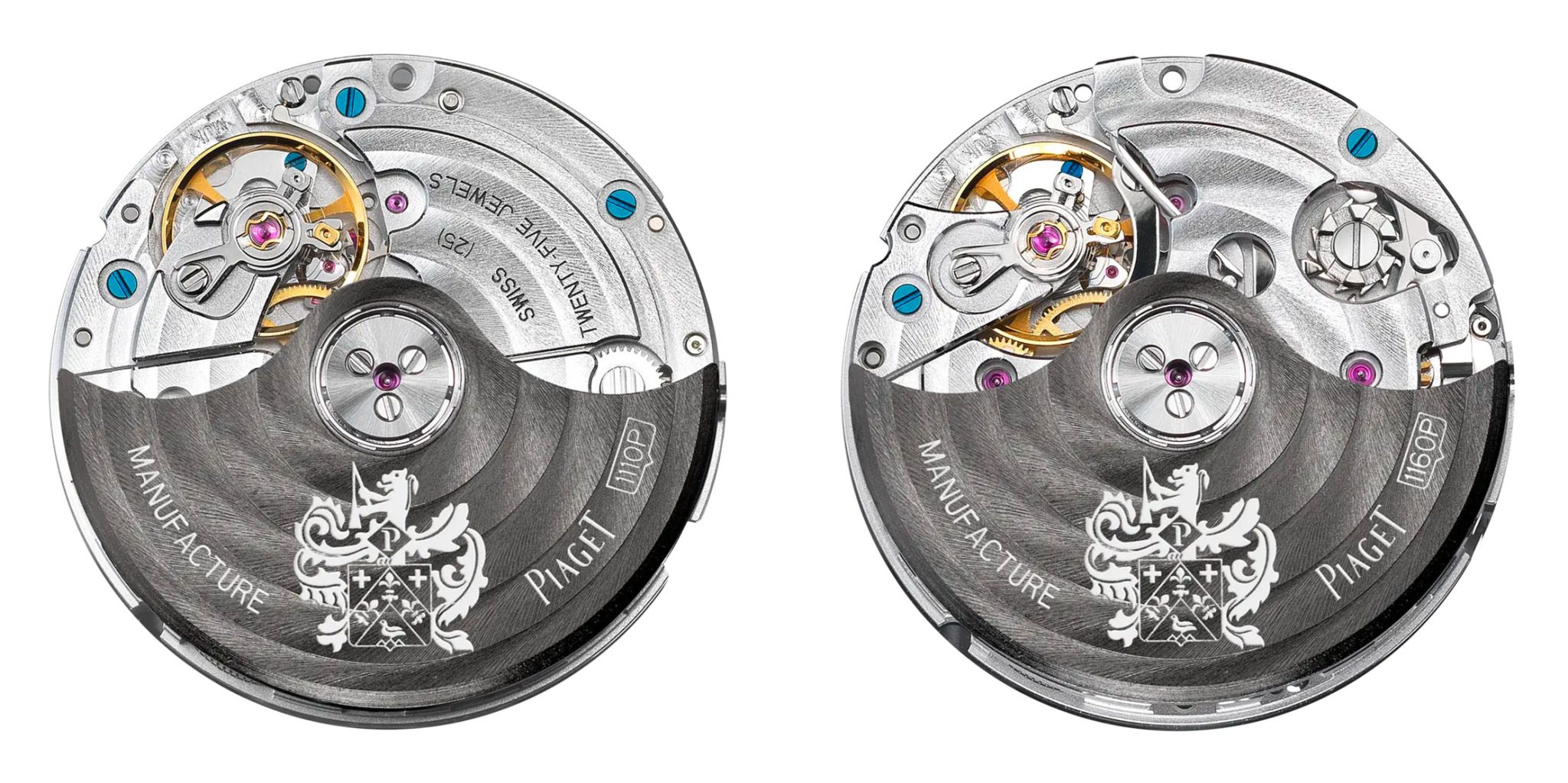
It was not until 2021 that Piaget brought together what Piaget believes evidently belongs together: the Piaget Polo and ultra-thin movements. The Piaget Polo Skeleton was the first Piaget Polo to feature Piaget’s own ultra-thin 1200S movement. This was followed in 2023 by the Piaget Polo Perpetual Calendar Ultra-Thin with calibre 1255P, which measures just 4 mm in height.
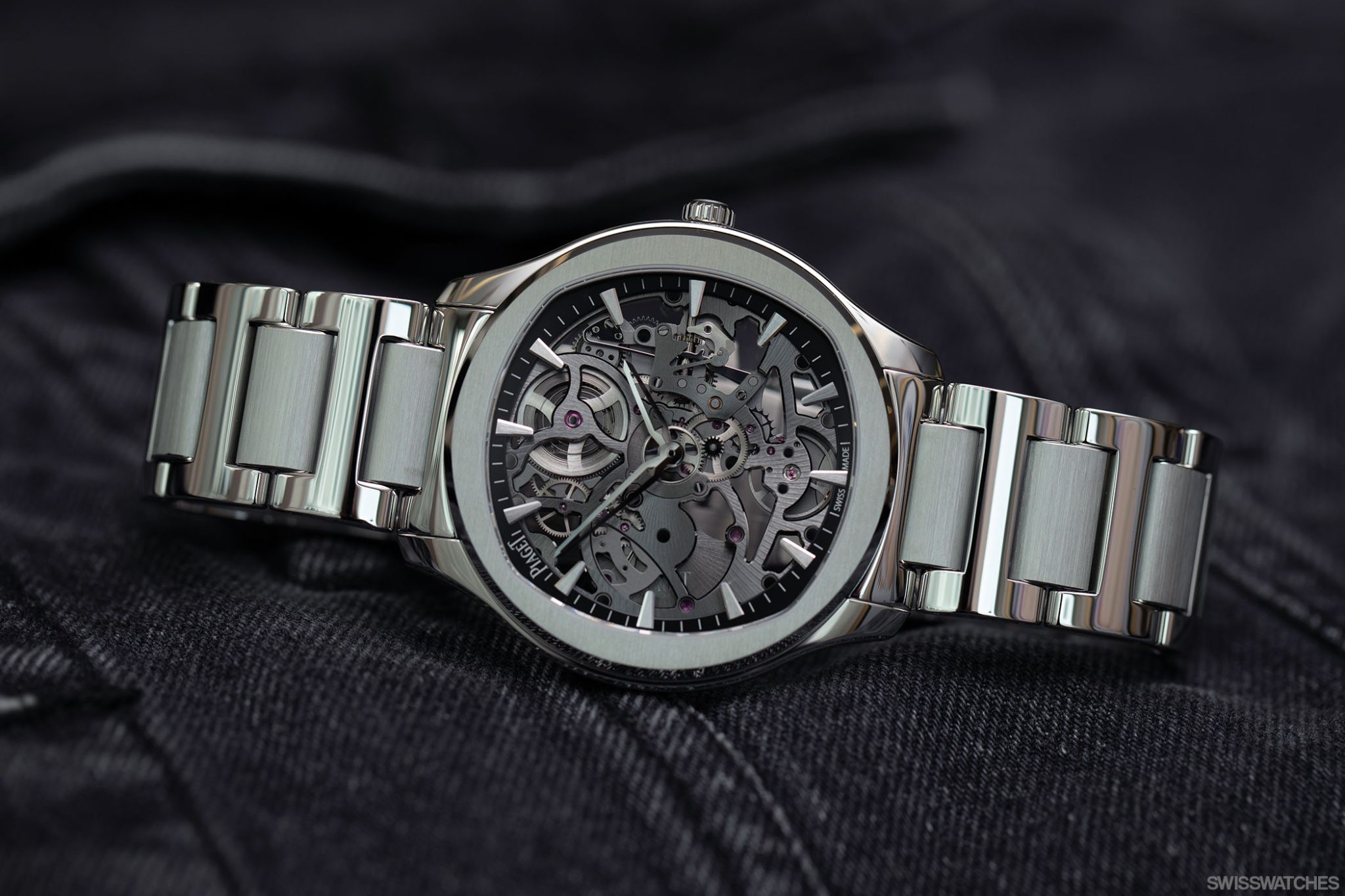
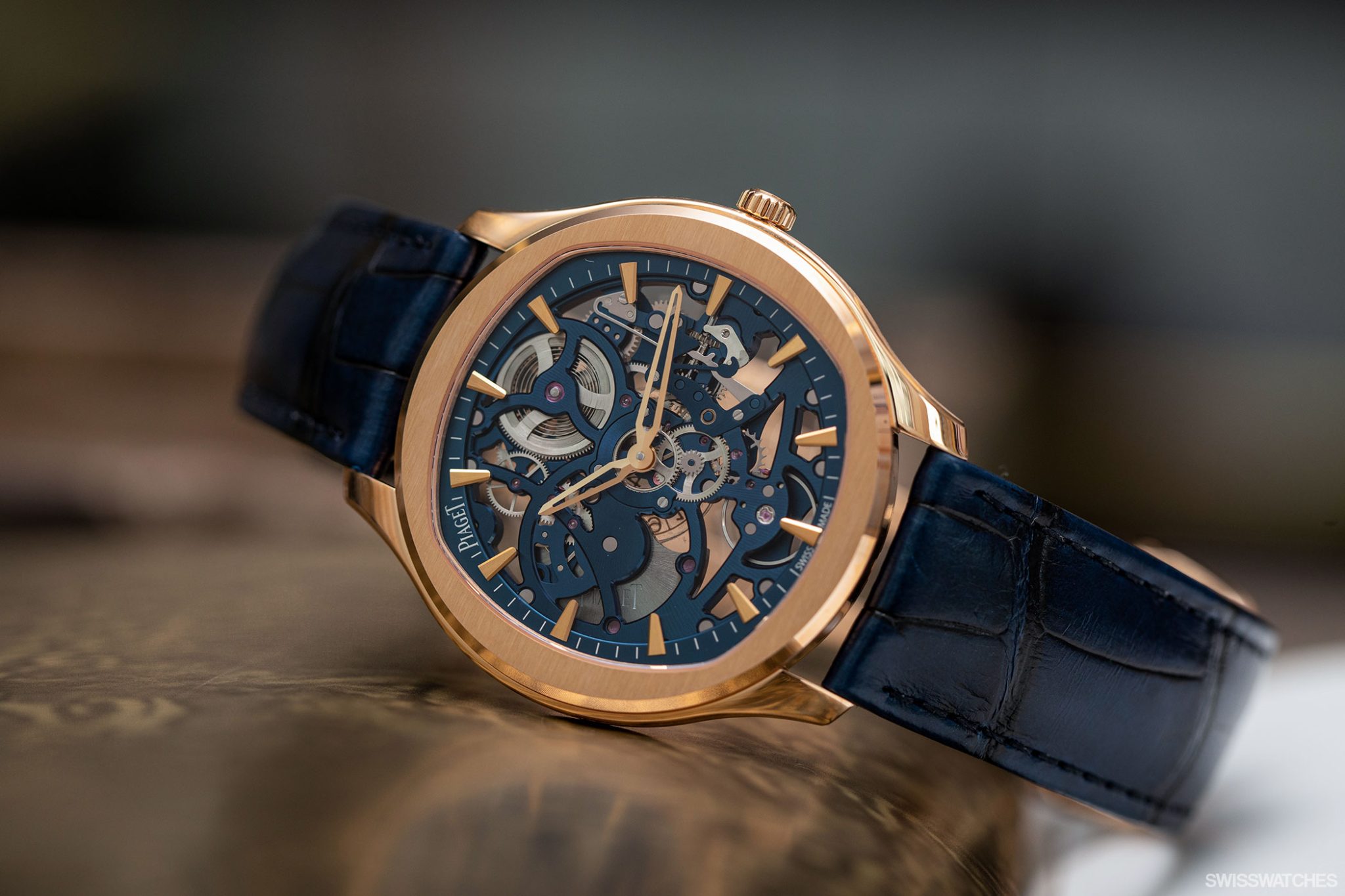
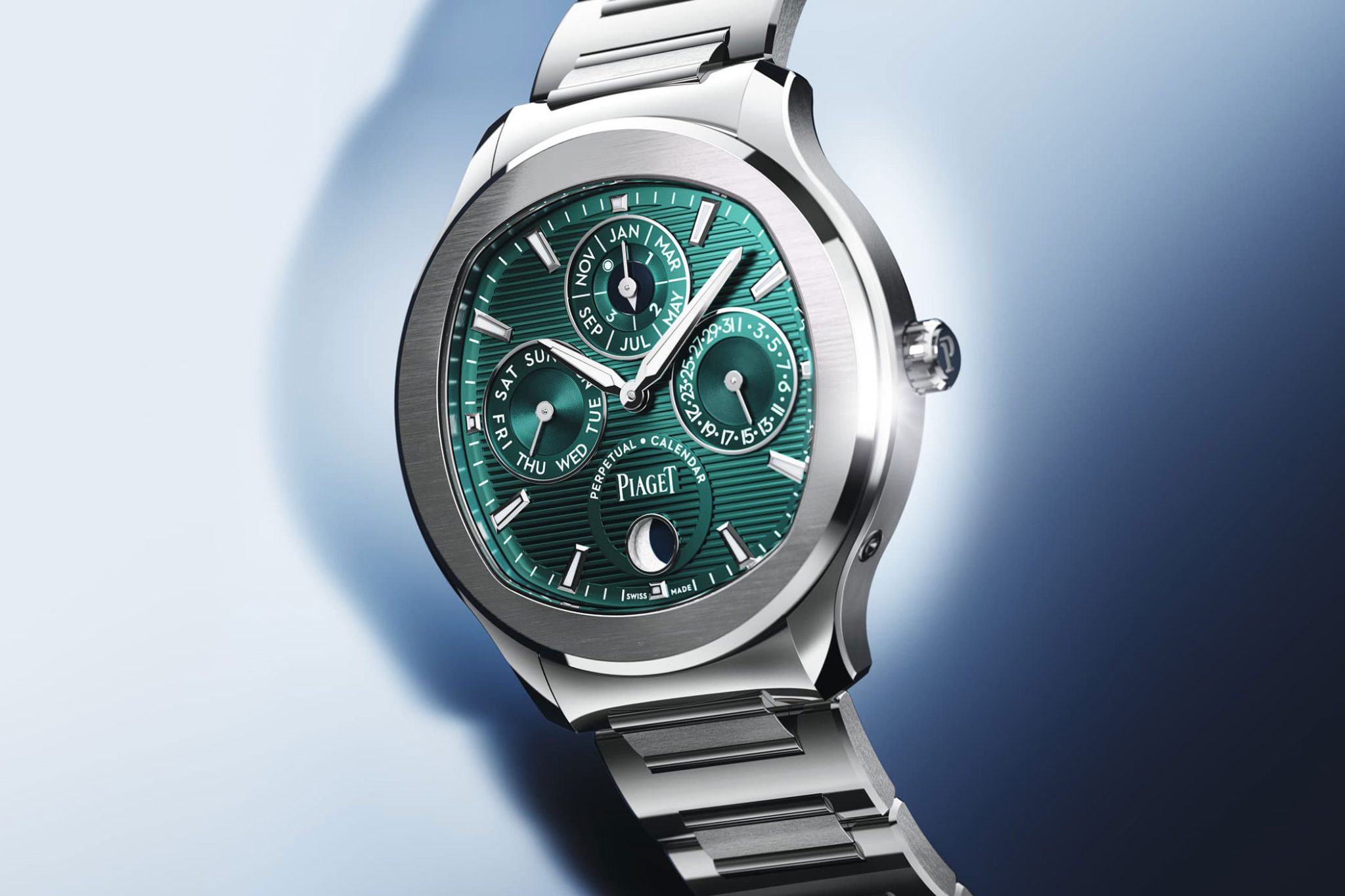
Piaget Polo 79
With the new Piaget Polo 79, another revolutionary movement is now finding its way into the Piaget Polo. The 1200P calibre was previously only used for the Altiplano ultra-thin watch line. Last year, however, it served at least as the base movement for the calibre 1255P, which ticks in the Polo Perpetual Calendar. In 1979, the Piaget Polo appeared in two sizes: with a 34 mm or 27 mm case. The new ‘original’ Polo now comes in a somewhat more contemporary 38 mm case, made of 18-carat yellow gold.
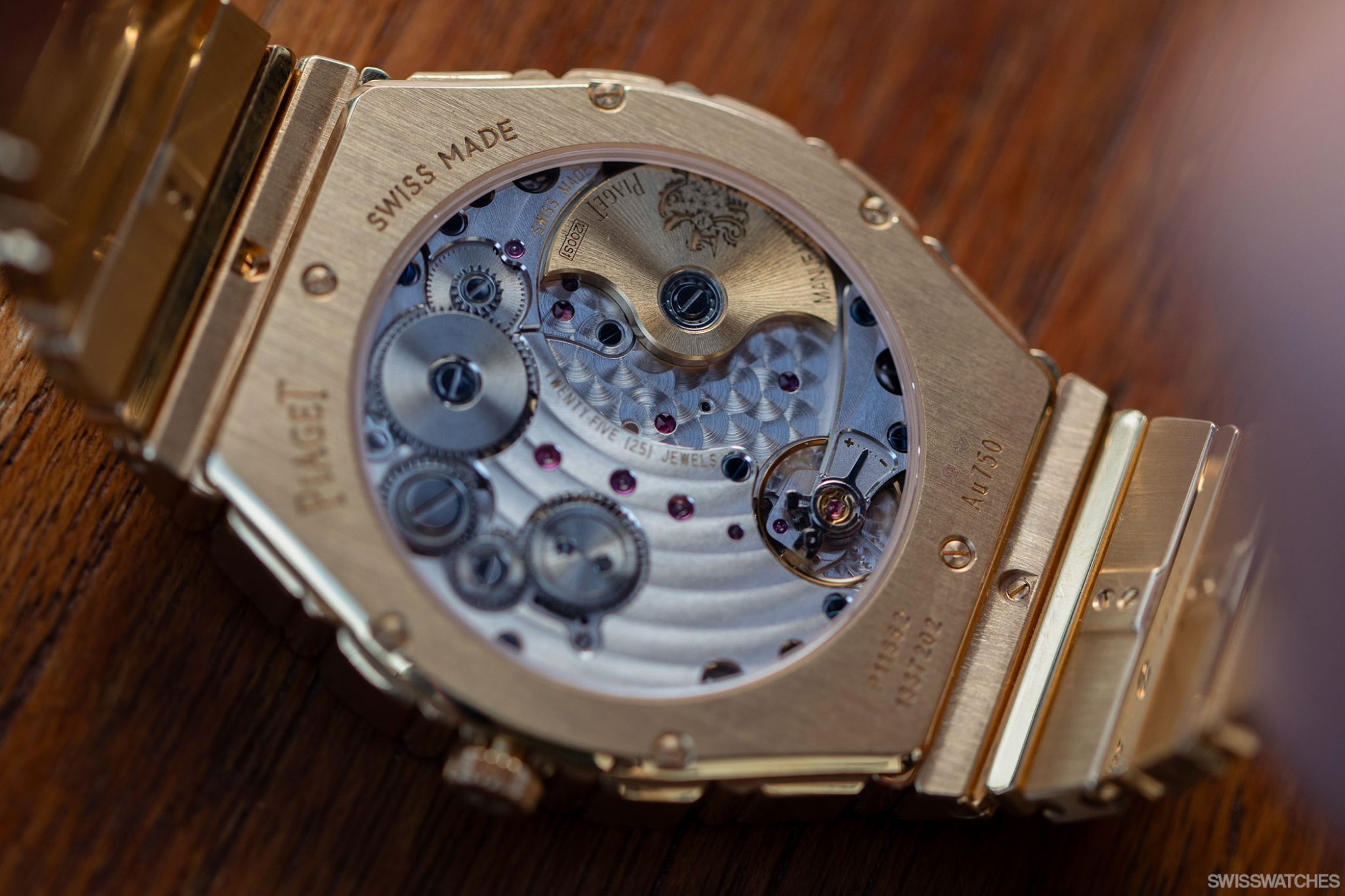
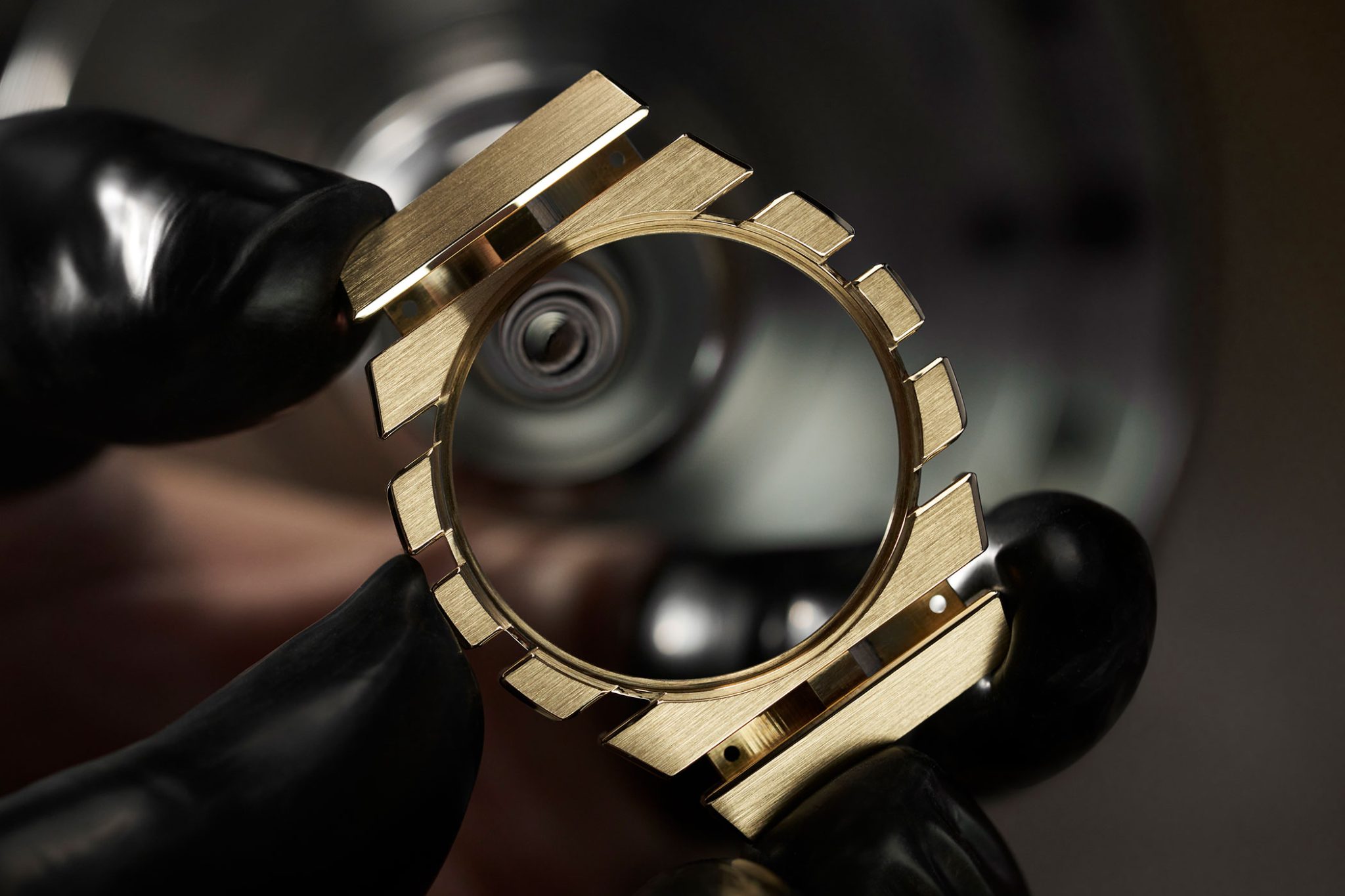
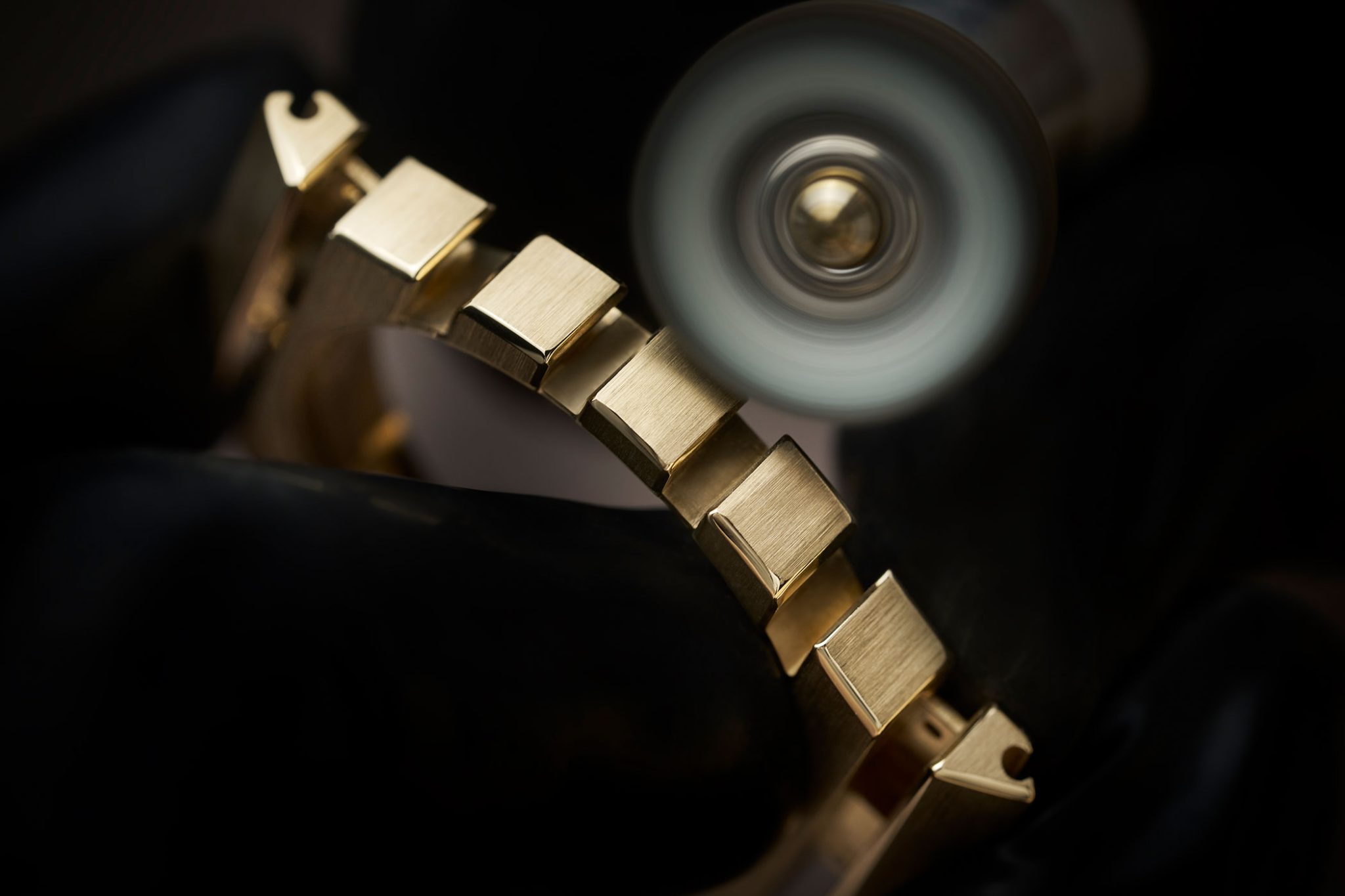
However, despite the splendour of this new watch, it is important not to lose sight of the price. The new Polo 79 costs 80,000 euros – the exact same price as the reference 222 from Vacheron Constantin, which also celebrated a great comeback two years ago. Many watch enthusiasts will certainly like the new Polo 79 – but probably only very few will be able to afford it. Piaget CEO Benjamin Comar justifies the price in an interview with us: “It’s an expensive watch, there’s no question about that. And the Polo has always been an expensive watch. The original from 1979 cost 3,000 Swiss francs, which was an enormous amount of money at the time. But the production is extremely complex – the case, the bracelet and the movement. The price is therefore justified in our opinion.”
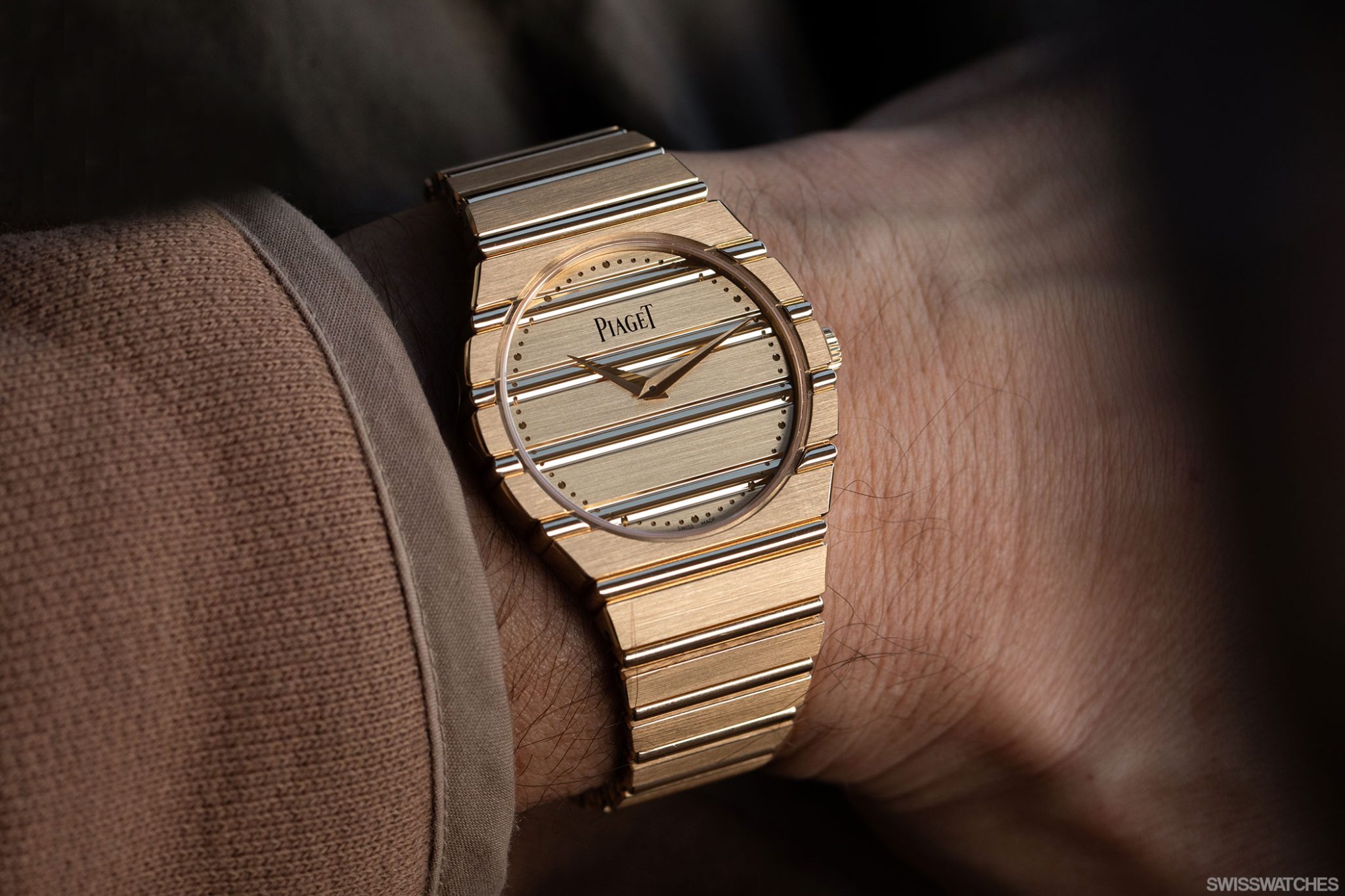
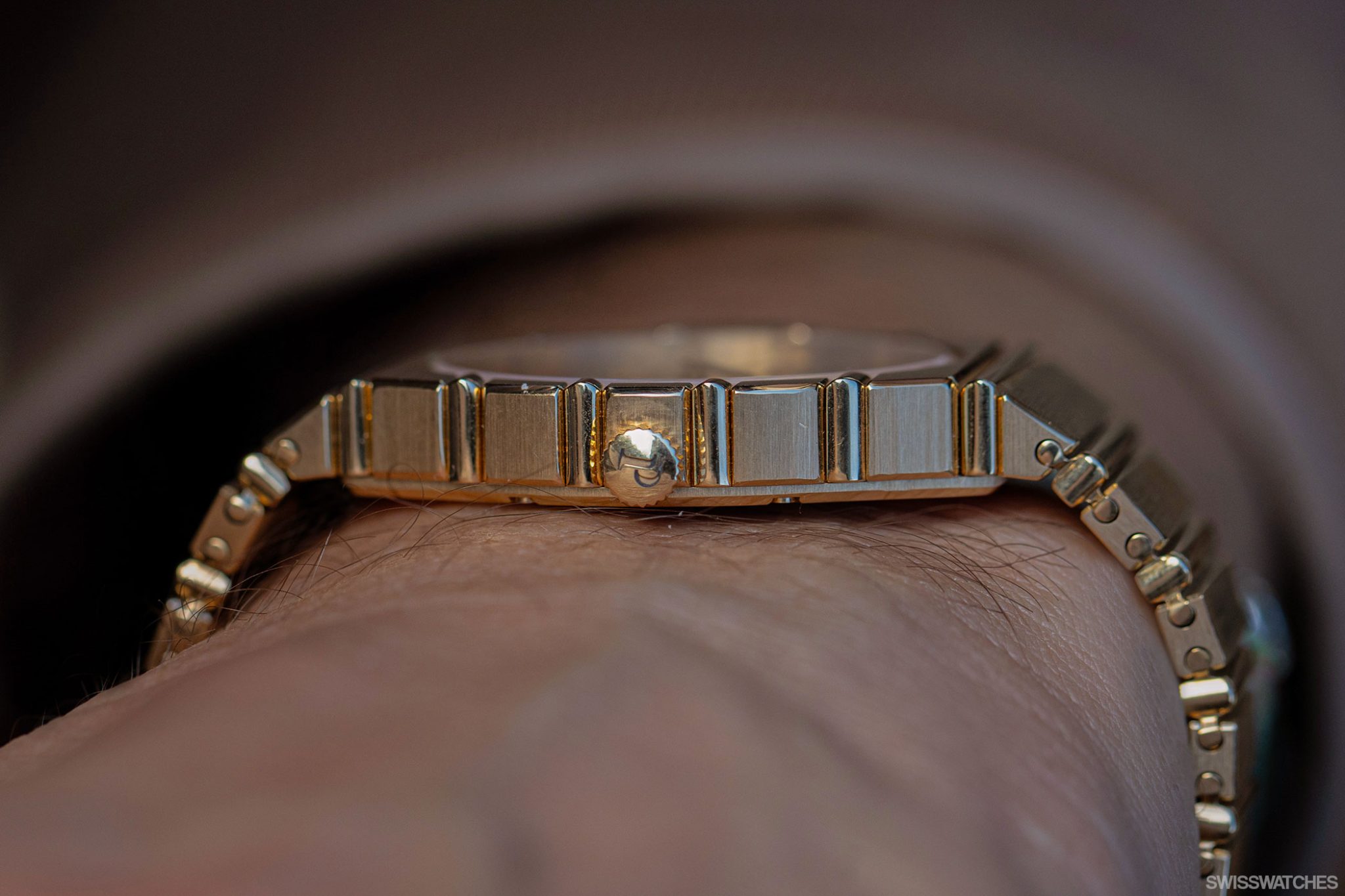
However, it would have been nice if Piaget had not skimped on certain movement components, especially as the wearer can view the movement through the open sapphire crystal case back. The regulator mechanism looks similar to that of Etachron, which is technically flawless and highly regarded in the industry, but does not look particularly high-quality or aesthetically appealing and does not do justice to such an iconic Piaget manufacture calibre. Perhaps the watchmaker should have used an external balance from Atokalpa, a sister company of Parmigiani Fleurier, for example. Apart from that, the ultra-thin 1200P movement shows its most beautiful side: the screws are blued, the movement plate is decorated with circular Côtes de Genève, the bridges are bevelled and the gear wheels are decorated with sunburst guilloché.
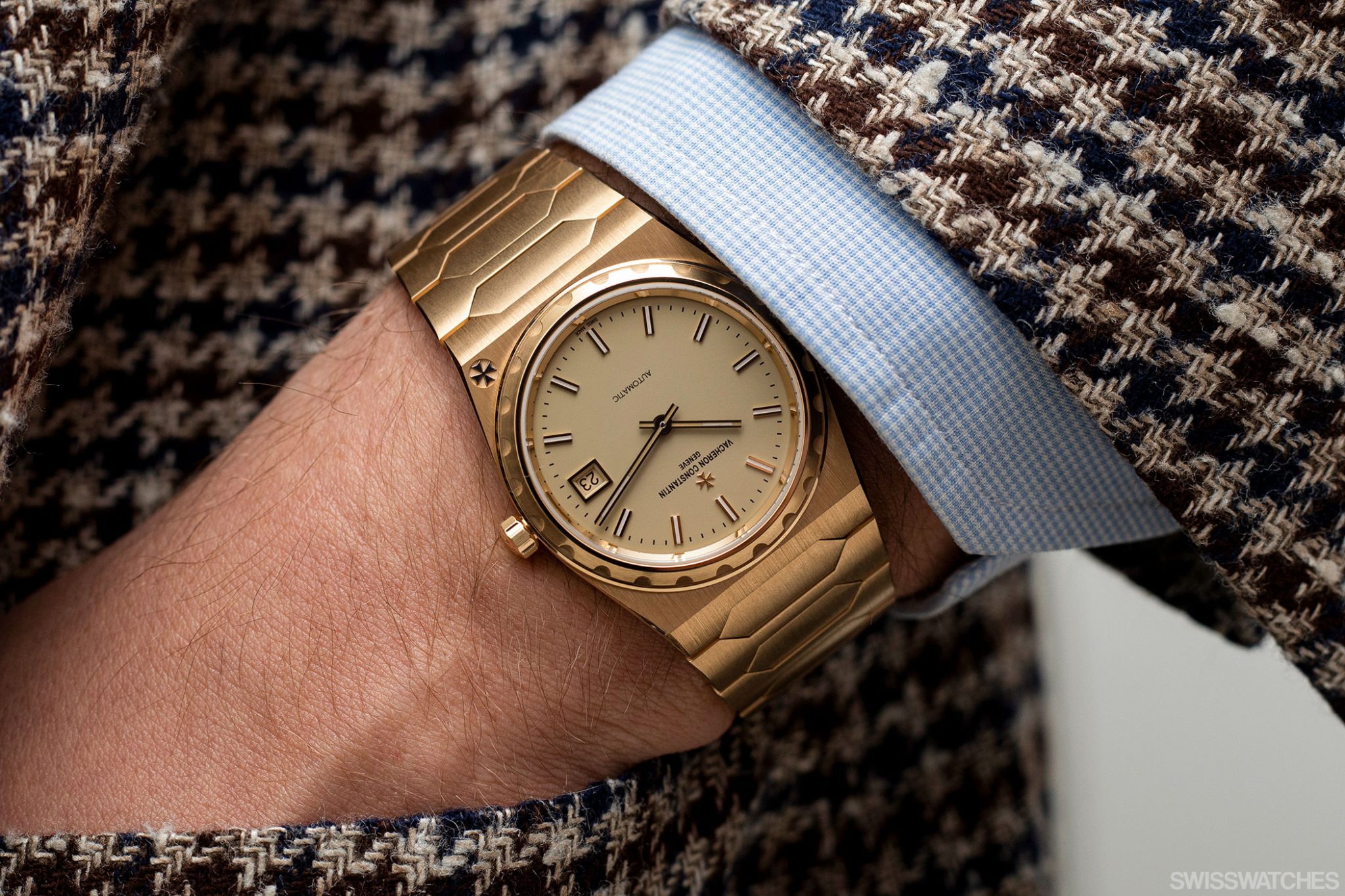
Vacheron Constantin Historiques 222 – 37mm yellow gold
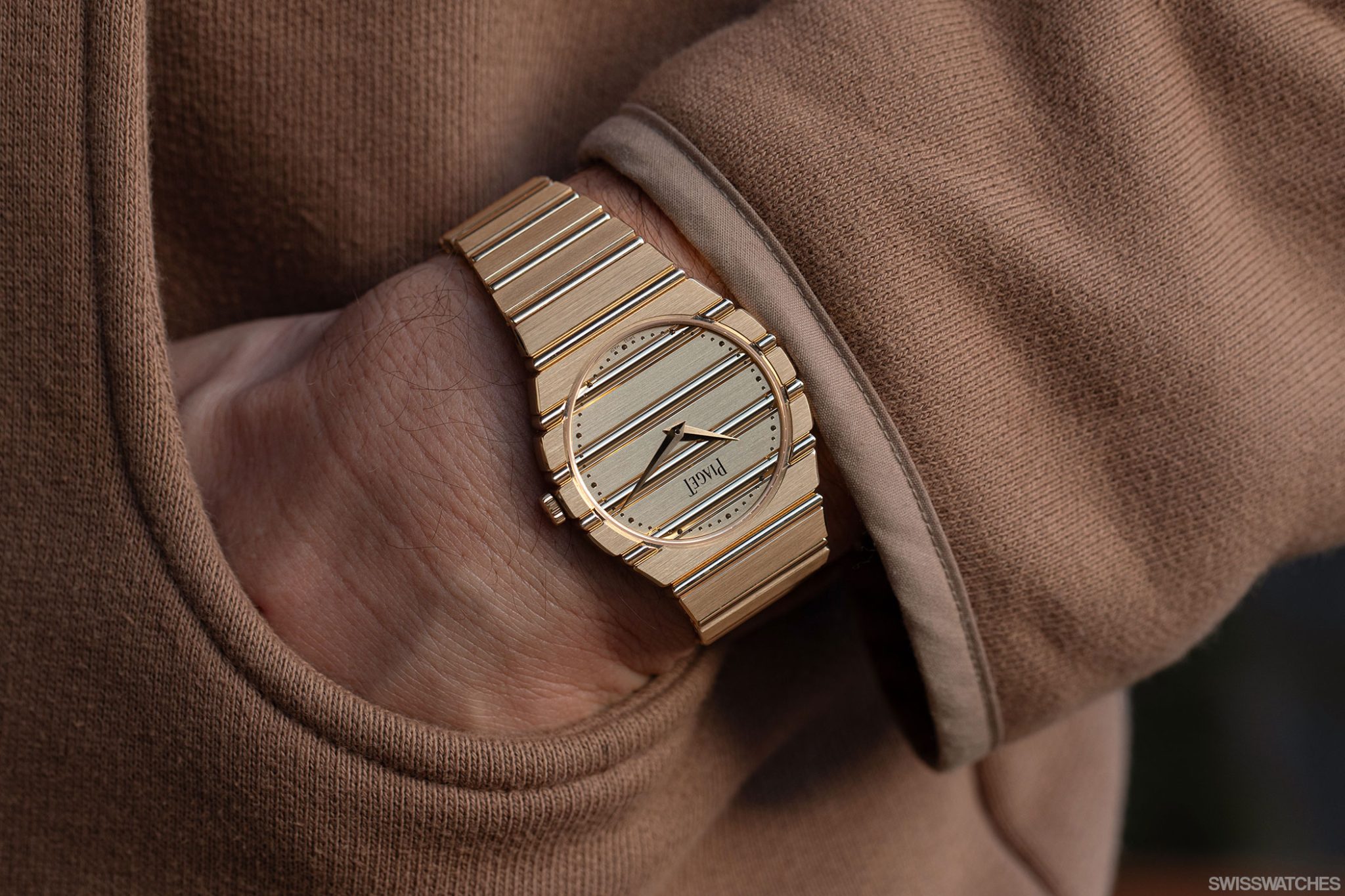
Piaget Polo 79 – 38mm yellow gold
Re-editions are no longer a speciality these days. But the Polo 79, as well as the 222 from Vacheron Constantin, is different. It is rare for a watch that differs fundamentally from the modern model in terms of design to be reissued. The surprise effect is different, especially when the design of the original stands the test of time and you can still say today, “Wow, what a damn cool watch.” This is an art that only a few visionary watch designers have mastered. It’s the same with the Cartier Tank or Santos, where the design has scarcely changed over the last 100 years. So, let’s savour the moment, because the next Piaget Polo will probably look completely different once again.
